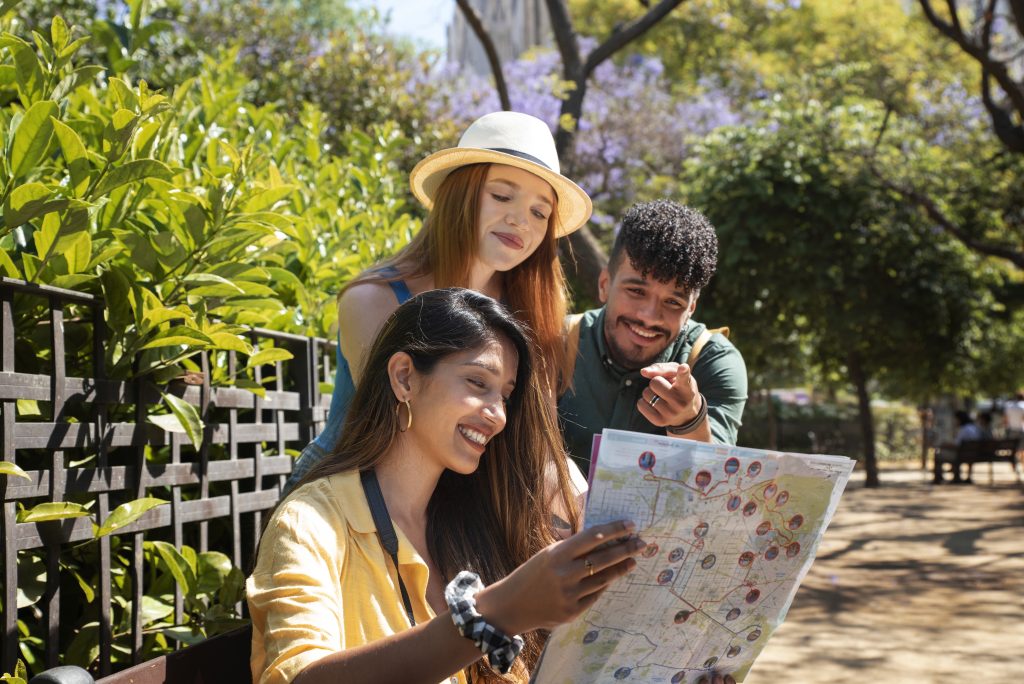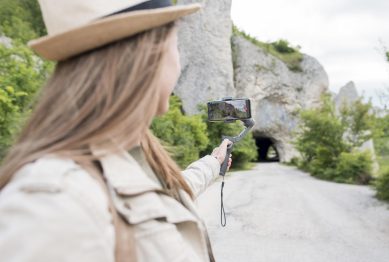The way people travel is changing. More than ever, globetrotters are moving beyond tourist checklists and toward travel planning that prioritizes local culture. Instead of rushing through crowded landmarks, travelers are slowing down, engaging with traditions, and immersing themselves in the rhythms of everyday life. This trend is about designing itineraries that make space for meaningful connections—whether that means joining a village festival, tasting food prepared by a local family, or exploring historic neighborhoods with residents who know them best.
In 2025, the rise of culturally focused travel reflects broader values: sustainability, authenticity, and respect for local communities. From Europe’s hidden towns to Asia’s small villages, destinations are embracing immersive, slower forms of tourism, while travelers seek personal growth along with relaxation.

Why Travel Planning That Prioritizes Local Culture Is Growing
The roots of this trend go back to slow tourism, a movement that emphasizes staying longer in fewer destinations and engaging deeply with local communities. After years of quick getaways and bucket-list tourism, many travelers now want experiences that feel less like consumption and more like exchange.
Another factor is the rise of experiential travel, which shifts focus from sightseeing to participation. Whether it’s learning pottery in Japan, taking a flamenco class in Spain, or sharing meals in a homestay in Vietnam, travelers are choosing activities that immerse them in daily life.
Generational values also play a role. Research shows that Gen Z travelers prioritize cultural immersion, with nearly half of respondents citing it as a core reason for travel. Younger travelers are not just motivated by escape but by opportunities to learn, connect, and engage authentically.
Finally, destination trends support this shift. Smaller, less-visited towns in Europe and Asia are seeing rising interest. In 2025, cities like Český Krumlov in the Czech Republic or Bolgheri in Italy are emerging as top cultural stops because they balance authenticity with charm. Similarly, in Asia, hidden towns in Japan and China are attracting culturally minded travelers who want something beyond the main tourist hubs.
Core Principles of Cultural Travel Planning
When done right, travel planning that prioritizes local culture isn’t complicated—it’s intentional. Here are the core principles:
- Stay longer, travel slower. Slow travel is central. Spending several days or weeks in one destination helps you understand community rhythms, local customs, and seasonal events.
- Seek participation, not observation. Cooking classes, art workshops, or traditional performances where you engage rather than spectate make trips richer.
- Choose smaller communities. Authenticity is often strongest in less commercialized areas. A family-run inn in a village often provides more cultural value than a chain hotel downtown.
- Value food as a cultural entry point. Dining where locals eat, trying traditional dishes, or shopping in community markets creates a direct connection to heritage.
- Book local experts. Locally led tours, sometimes described as “tour-realism,” provide deeper context and ensure economic benefits go directly to communities.
- Respect traditions. Culturally respectful travel means dressing appropriately, learning a few local phrases, and understanding cultural etiquette before visiting.
How to Plan a Trip With Culture at the Center
Here’s a practical guide for building your next itinerary around authentic experiences.
1. Research Beyond Guidebooks
Start with cultural blogs, local news outlets, or community calendars. Look for events, festivals, or cultural workshops happening during your travel window.
2. Stay in Heritage or Family-Run Properties
Instead of large resorts, choose boutique inns, heritage homestays, or Airbnb stays run by locals. This gives you access to neighborhood culture and personalized stories.
3. Prioritize Local Dining
Food is one of the fastest ways to connect with culture. Markets, street vendors, and family-owned eateries offer insights into history and daily life. Consider booking a cooking class with a local chef.
4. Add Immersive Experiences
Plan for at least one activity that takes you deeper into the community. This could be a handicraft class, a farming experience, or even helping with a local conservation project.
5. Use Local Transportation
Instead of relying solely on private cars, try buses, trams, or bicycles. These everyday modes of transport connect you more closely with local life.
6. Budget Time for Serendipity
Don’t schedule every hour. Leave space for conversations, detours, and unexpected cultural encounters. Often, these moments become the highlights of a trip.
Examples of Culturally Rich Destinations
To illustrate, here are a few destinations where travel planning that prioritizes local culture is thriving.
- Japan’s small towns: Places like Takayama or Kanazawa showcase samurai heritage, artisan crafts, and food markets, offering cultural immersion away from Tokyo’s bustle.
- Portugal’s Alentejo region: Known for wine, cork harvesting, and whitewashed villages, Alentejo embodies slow living. Visitors can join farm-to-table experiences and music festivals.
- India’s Rajasthan: Beyond Jaipur, smaller towns like Bundi provide insights into local crafts, festivals, and history through heritage stays and guided walks.
- Latin America’s highlands: In Peru or Ecuador, homestays in Andean villages let travelers experience indigenous traditions and farming practices.
Pitfalls to Avoid
While culturally driven travel is rewarding, there are mistakes to steer clear of.
- Overplanning kills spontaneity. Too many structured activities leave no room for organic encounters.
- Tokenism undermines authenticity. Avoid experiences that feel staged for tourists—focus on those with community endorsement.
- Ignoring impact can harm communities. Supporting large foreign-owned resorts funnels money away from locals. Choose businesses that reinvest in their communities.
- Cultural insensitivity damages trust. Failing to follow local customs, such as dress codes or photo etiquette, can alienate residents.
Why This Approach Benefits Everyone
When travelers prioritize culture, both visitors and destinations benefit. For travelers, the reward is deeper learning, more memorable stories, and emotional connections that last longer than photos of monuments. For communities, it ensures tourism supports livelihoods, sustains traditions, and reduces pressure on overcrowded landmarks.
Tourism boards are noticing this value too. According to Spa Executive, “slow travel” is becoming a mainstream tourism strategy because it balances economic benefit with sustainability. Airbnb’s 2025 data also shows that nearly half of travelers ranked authentic cuisine among their top priorities, reinforcing how culture and food shape travel demand.
The Future of Travel Planning
Technology may soon help travelers craft even more cultural journeys. Startups are experimenting with AI tools that integrate local storytelling into itineraries, allowing visitors to move beyond generic routes into narratives designed with community input. Academic studies suggest that narrative-driven itineraries could be the next frontier in creating meaningful, locally grounded trips.
As we move deeper into 2025 and beyond, the line between tourism and cultural exchange is blurring. More people are realizing that travel is not just about seeing but about participating—contributing to, and learning from, the places we visit.
Conclusion
Travel planning that prioritizes local culture represents one of the most important shifts in modern tourism. By slowing down, connecting with local guides, eating authentic cuisine, and supporting community businesses, travelers create richer and more respectful journeys. For destinations, this means spreading the benefits of tourism more evenly and preserving cultural traditions. For travelers, it means experiences that feel personal, memorable, and transformative.
The future of travel is less about consumption and more about connection. As travelers, the choice is clear: if we want meaningful adventures in 2025, we need to plan with culture at the center.
References
- 2025’s Top Travel Trends, https://www.standardtextile.com
- Aussies venture beyond the hotspots in 2025 to ‘hidden gems’ in China and Japan, https://www.news.com
- European ‘detour destinations’ are 2025’s new travel trend, https://www.myjournalcourier.com









